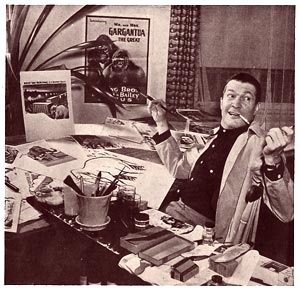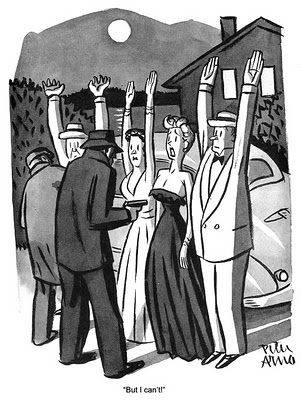“The best thinking has been done in solitude. The worst has been done in turmoil.” Thomas Edison
“Great decisions in the realm of thought and momentous discoveries and solutions of problems are only possible to an individual working in solitude.” Sigmund Freud
“Solitude vivifies; isolation kills.” Joseph Roux
“One of the greatest necessities in America is to discover creative solitude.” Carl Sandburg
“Be able to be alone. Lose not the advantage of solitude, and the society of thyself.” Thomas Browne
“If you are alone you belong entirely to yourself.” Leonardo da Vinci
“Alone, and without any reference to his neighbours, without any interference, the artist can fashion a beautiful thing; and if he does not do it solely for his own pleasure, he is not an artist at all.” Oscar Wilde
“In order to be open to creativity, one must have the capacity for contructive use of solitude. One must overcome the fear of being alone.” Rollo May
“The things one experiences alone with oneself are very much stronger and purer.” Eugene Delecroix
“If you are idle, be not solitary; if you are solitary, be not idle.” Samuel Johnson
“My work is always better when I am alone and follow my own impressions.” Claude Monet
“A career is born in public – talent in privacy.” Marilyn Monroe
Further Observation
“Isolation can lead to uniqueness, but uniqueness also walks the halls of mental institutions.” Winston Seeney





